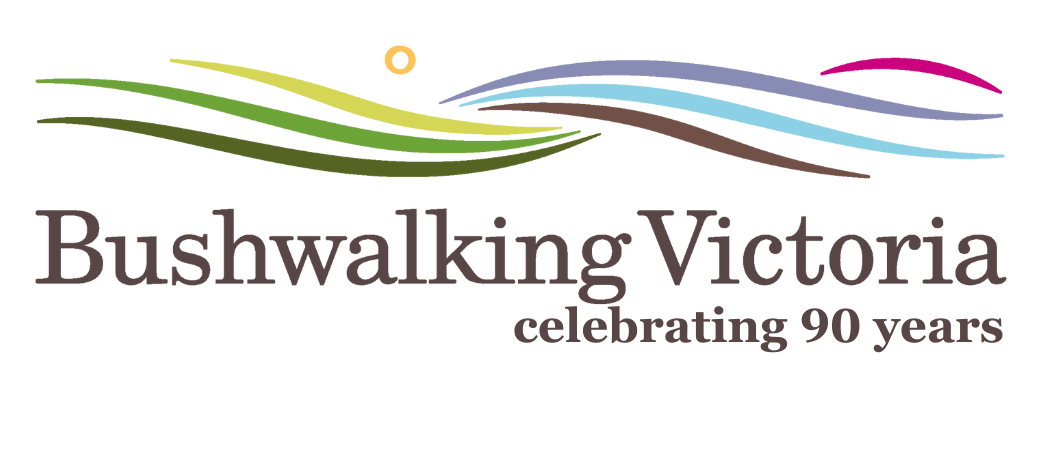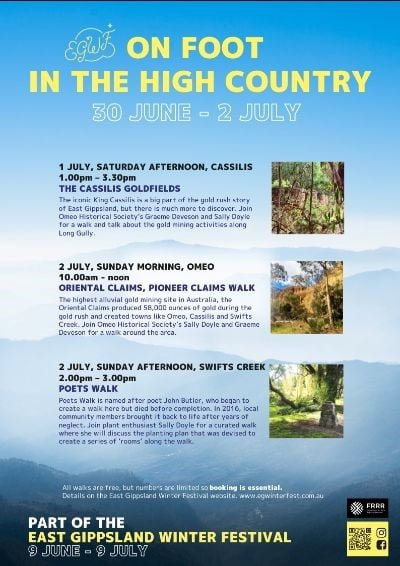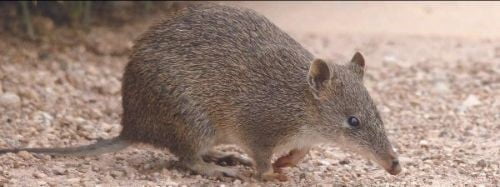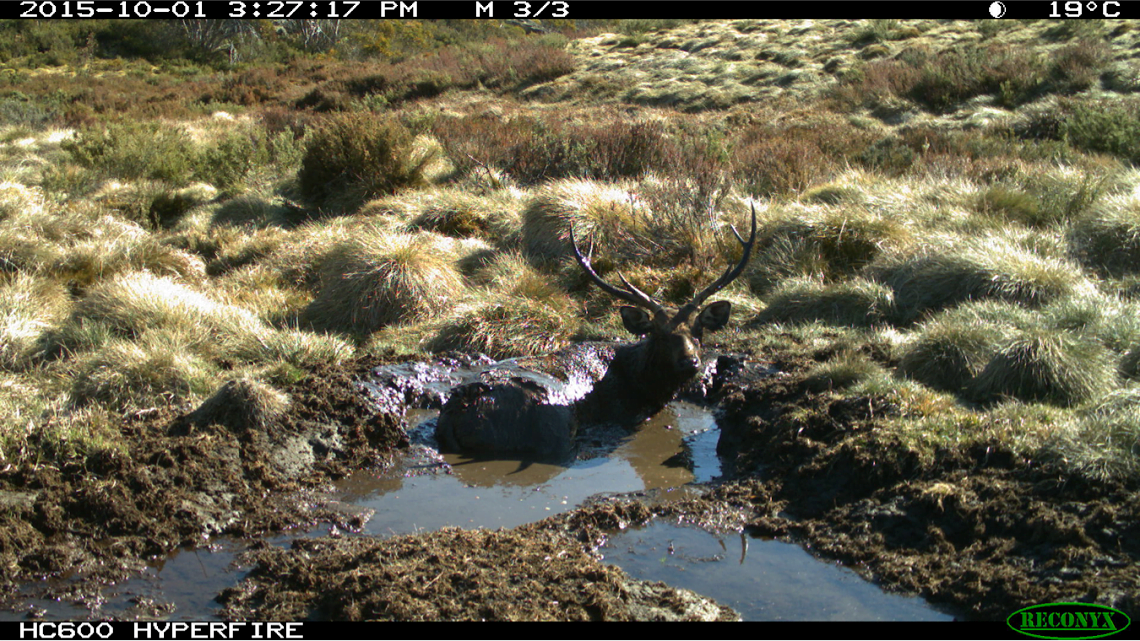
Parks Victoria will commence aerial and ground-based pest animal control operations across the Grampians (Gariwerd) National Park and Black Range State Park during October 2023. Parks Victoria staff will continue to support these efforts with staged ground-based operations throughout the year, including at Black Range Scenic reserve.
The first aerial operation is scheduled to commence Tuesday 10th October, and conclude Thursday 12th October 2023. Please refer to a Fact sheet showing the operation areas with approximate dates and times of temporary closures, and a list of these closures is shown below.
- During operations, some key visitor sites including the Grampians Peaks Trail and other walking tracks may be temporarily closed (up to two hours) for visitor safety. See list below.
- Park closures will be clearly signposted and managed by staff
- Visitors are asked to refrain from entering closed areas, staying on designated walking tracks or modifying their plans to visit outside of the hours of operation.
- Visitors may be able to see helicopters flying at low levels and hear gunshots
Informed by scientific research, this program is aimed at controlling/reducing introduced Goat and Deer populations that are threatening the important natural and cultural values of the Greater Gariwerd Landscape. Qualified and experienced contractors will undertake aerial based control operations across the landscape where these animals are impacting vegetation and cultural values. All Parks Victoria’s conservation programs are thoroughly planned and implemented under strict protocols and oversight, ensuring that operations are safe, effective, humane and meet obligations of all relevant legislation, Codes of Practice and Standard Operating Procedures.
For Further Information about this operation please refer to the Deer Control Program Fact Sheet. For Information about temporary park closures visit Parks Victoria website, or call the Parks Victoria Information centre on 13 19 63.
Click HERE for a fact sheet and list of visitor sites and roads potentially impacted by temporary closures.









